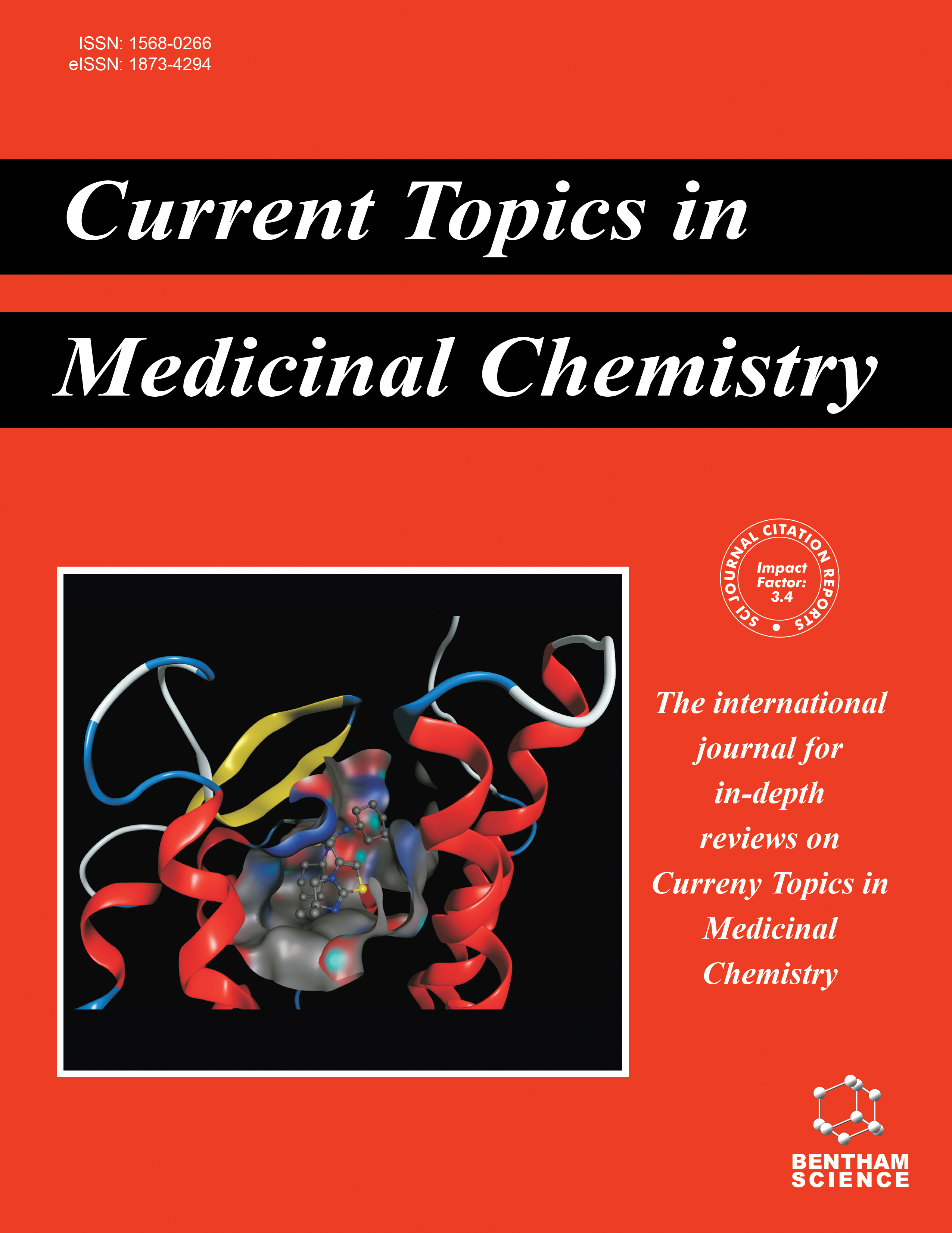
Full text loading...
We use cookies to track usage and preferences.I Understand

The global rise of drug-resistant malaria parasites is becoming an increasing threat to public health, emphasizing the urgent need for the development of new therapeutic strategies. Artimisinin-based therapies, once the backbone of malaria treatment, are now at risk due to the resistance developed in parasites. The lack of a universally accessible malaria vaccine exacerbates this crisis, underscoring the need to explore new antimalarial drugs. A more comprehensive understanding of the parasites’s life cycle has revealed several promising targets, including enzymes, transport proteins, and essential metabolic pathways that the parasite relies on for its survival and proliferation. This review provides an in-depth analysis of the vulnerabilities displayed by Plasmodium and recent advances that highlight potential drug targets and candidate molecules.

Article metrics loading...

Full text loading...
References


Data & Media loading...
Supplements